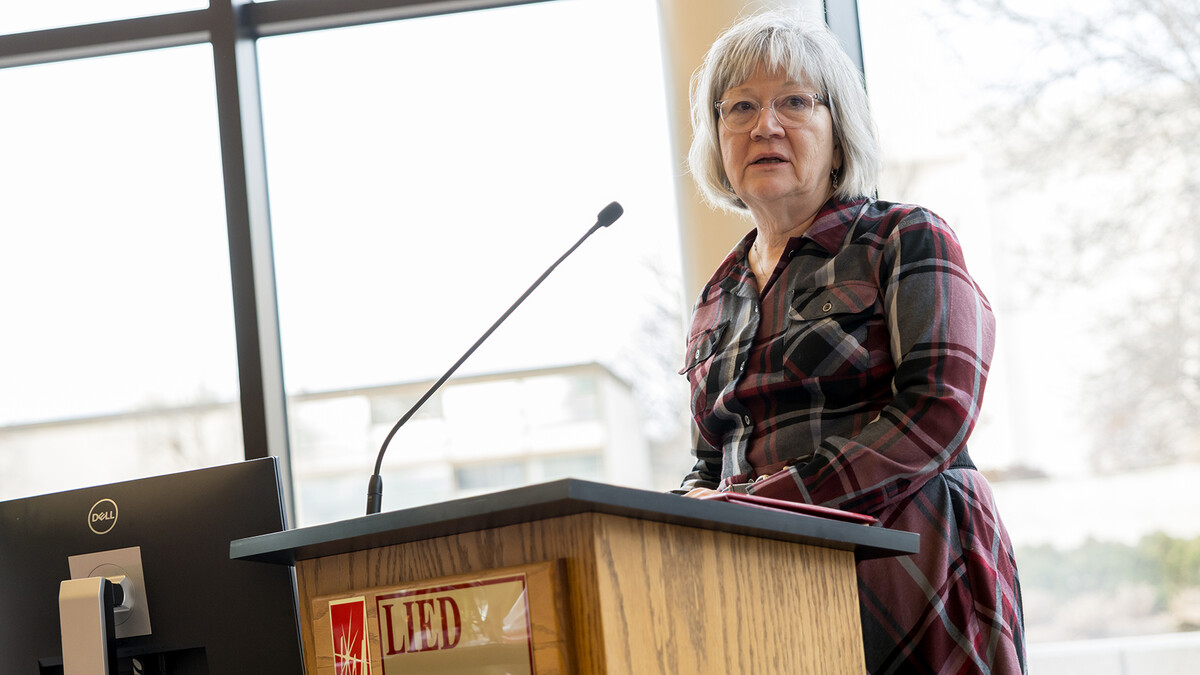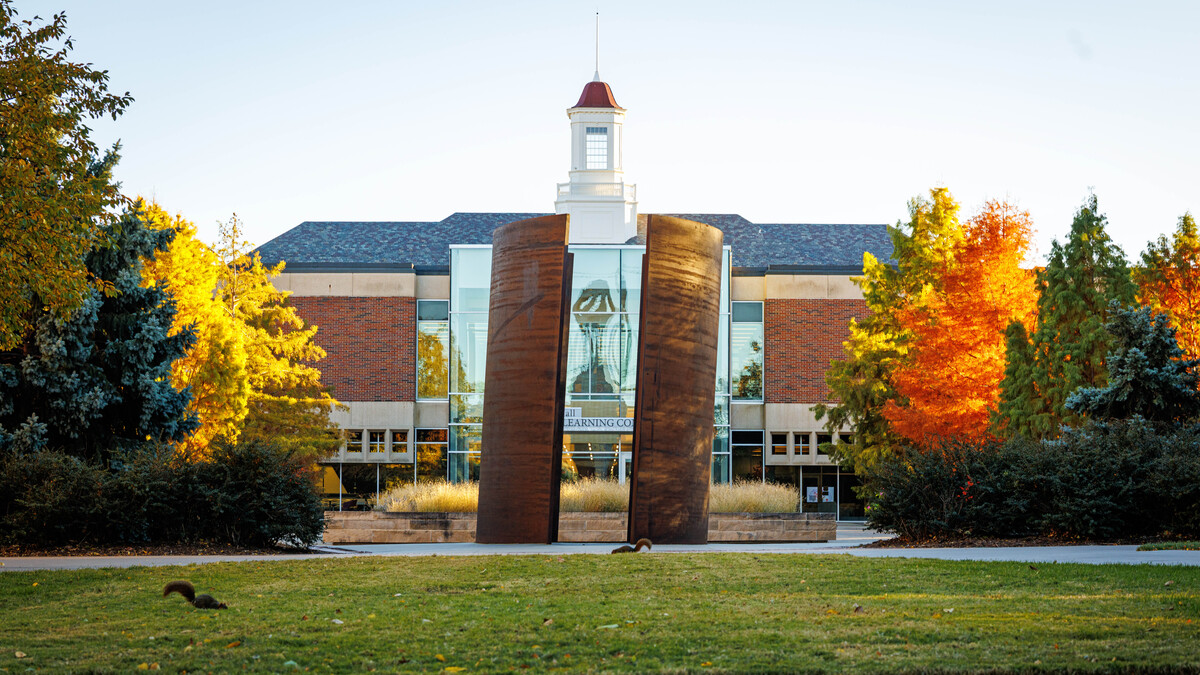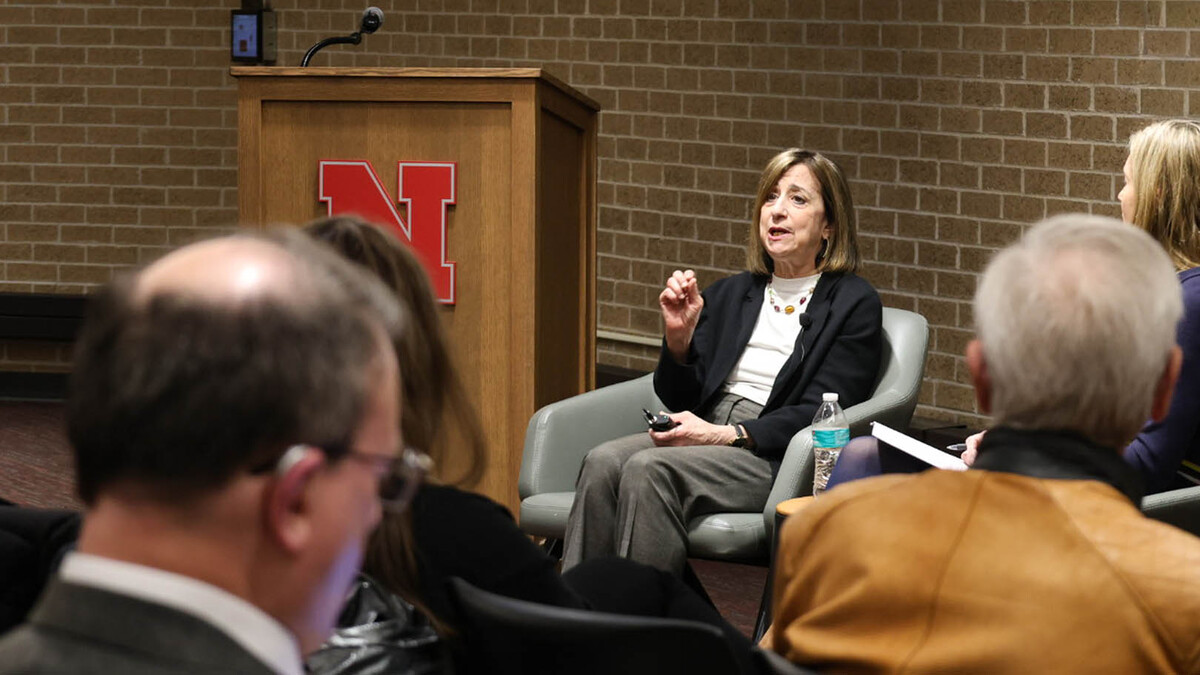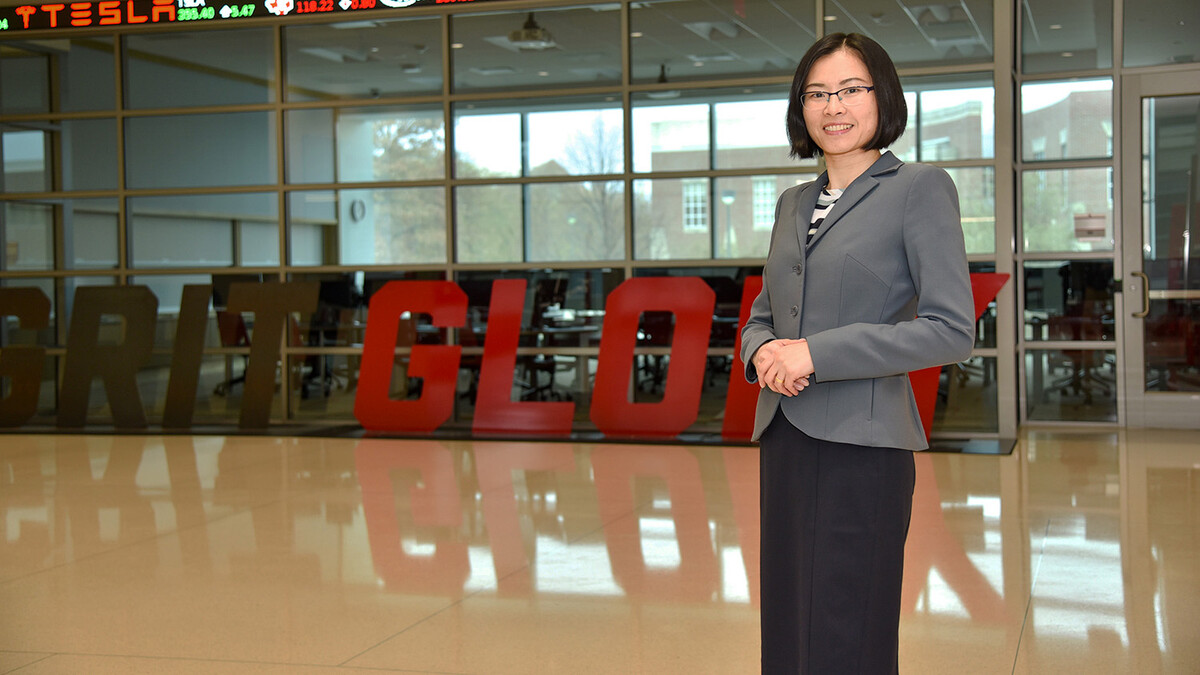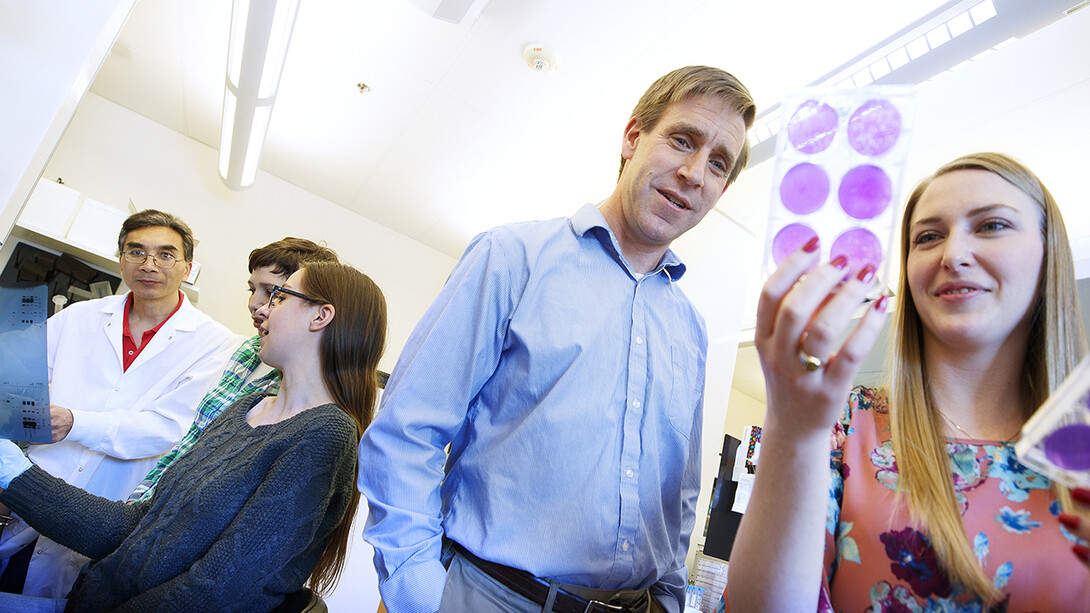
One virus’ genetic loss can become its evolutionary gain, says a pioneering study from the University of Nebraska-Lincoln.
The study provides some of the clearest experimental evidence to date that losing a gene can improve evolutionary fitness – in this case, by helping a virus regain the ability to replicate.
Nebraska’s Matt Wiebe, Annabel Olson and colleagues discovered the surprise after deleting the so-called B1 gene from the vaccinia virus, which is best known for immunizing humanity against the deadly smallpox disease. Because the B1 gene instructs the building of proteins that help silence a host cell’s antiviral alarms and allow vaccinia to copy itself, deleting the gene threatens vaccinia’s long-term survival in a host.
But the researchers continued to culture the B1-free strain for multiple generations in the lab, then sequenced its entire genetic code to gauge how it evolved. They found that, over just a few days, the B1-free strain responded by deleting a single base pair – a fundamental component of DNA – while leaving nearly 200,000 others untouched.
The seemingly miniscule loss corresponded with a 10-fold increase in the strain’s otherwise stunted replication.
“We were expecting that the virus may adapt another gene to compensate,” said Wiebe, associate professor of veterinary medicine and biomedical sciences. “What we found instead is that the virus adapted by inactivating another gene. It was as if, upon cutting one wire, the best way to fix the problem was to cut another wire.
“There’s really no other concrete example (of this) that I can think of, at least in these viruses.”
Almost as surprising: The loss occurred in a gene, B12, whose purpose is largely unknown. In fact, when other researchers previously deactivated just the B12 gene, leaving B1 and all others intact, they found no effect on the vaccinia virus.
Wiebe and Olson said the findings indicate that when B1 is absent — but only then — B12 actually helps inhibit replication by alerting the host’s immune system.
“That’s sparked a lot of confused looks in people,” Wiebe said.
Why possess a genetic brake on replication? The team isn’t sure. Maybe there’s value in regulating how fast or slow the replication occurs under certain conditions, Wiebe said. Or maybe it became the B1 gene’s equivalent of a dead-man’s switch, effectively forcing the virus to retain it for the sake of the species’ survival. The answer could emerge from further research.
But by showing that B1 is masking at least one and probably several of B12’s potential functions, the new study reinforces just how much remains unknown about why, when and how genes regulate one another, Wiebe said. Untangling the connections among those networks could require researchers to continue adapting, as well.
“A lot of previous studies of any genome are based on single-gene deletion studies or mutations,” said Wiebe, a member of the Nebraska Center for Virology. “And really, genes are team players in many cases. So maybe we need to take another look at some of these non-essential genes and see whether or not they are actually playing other critical regulatory roles that have to be appreciated in the context of other genes in the system.
“We need model systems like viruses, yeast and bacteria to discover these links between these functional interactions.”
The resulting insights should advance understanding of cellular dynamics in far more complex organisms, the researchers said. Vaccinia’s B1 protein, for instance, shares about 40 percent of its genetic architecture with a group of proteins found in multicellular organisms. And the type of protein relationship exemplified by vaccinia’s B1 and B12 exists across multiple kingdoms of life.
Leveraging that knowledge to highjack viral machinery, much of which has evolved over millions of years, could also further the development of vaccines and treatments.
“I think it’s very interesting to understand how viruses might teach us,” Wiebe said. “If this virus, for example, has a mechanism of activating our immune system, can we eventually use that to inhibit the growth of other viruses? We’re trying to ask those questions already.”
Wiebe and Olson, doctoral student in biological sciences, reported their findings in the journal PLOS Pathogens. They authored the study with Zhigang Wang, research technician with the Nebraska Center for Virology, and Amber Rico, postdoctoral researcher in veterinary medicine and biomedical sciences.
The team received supported from the National Institutes of Health and the Pamela Buffett Cancer Center.


